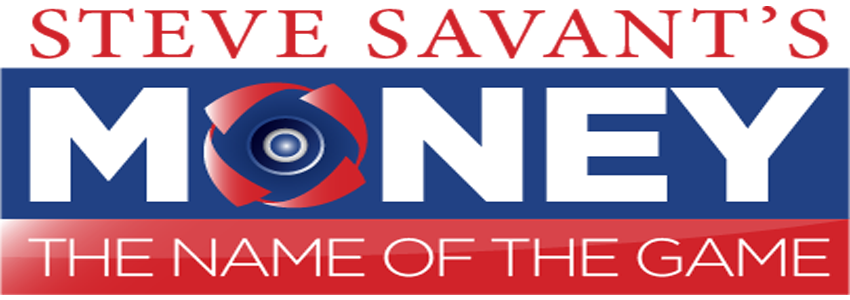 Mesa 9/26/2019 10:00:00 AM
Mesa 9/26/2019 10:00:00 AM
News / Finance
Home Equity Conversion Mortgage Strategies Could Salvage the Retirement of Many a Baby Boomer
The Little Known Government Program That Could be Big in Your Retirement

HECM loans are not a silver bullet for every retiree and they haven’t been good for everyone who has used them. But for many, these strategies are just short of a godsend.
There are requirements for HECM loans and suitability determination for which strategy fits your retirement course of action. Whatever HECM strategy you select, keep in mind you still have property taxes and homeowners insurance to pay. You still have a mortgage, but you don’t have a mortgage payment. Also please note, you still have closing costs with any of these transactions. There are many HECM strategies Tax-Free Income, Mortgage Payment Elimination and an Appreciating Equity Line of Credit, just to name a few.
Reverse mortgage is an alternative use of your home equity for tax-free income. In a traditional mortgage, you make payments to the lending institution. In a reverse mortgage, the institution makes loan payments to you. Loans on an existing mortgage are not classified as income while you maintain the mortgage.
A home purchase mortgage is another alternative use of your home equity where you can buy a home for around half its sale value not to exceed the maximum claim amount. The main stipulation here is you need around 50 percent cash down to secure the entire transaction. You have a government-insured mortgage, but no mortgage payment. An equity line of credit is an additional alternative use of your home’s equity, where the line of credit grows separate from your home’s market value.
Each HECM loan strategy needs to be diligently explored with a financial advisor who knows the HECM loan provisions or is aligned with HECM loan specialist.
